On March 25, 2025, Saildrone unveiled a significant advancement in maritime autonomy, demonstrating its Voyager platform’s ability to operate seamlessly in GPS-denied environments during the International Maritime Exercise (IMX) 2025 in Aqaba, Jordan. According to the company’s announcement, this development tackles a pressing challenge for unmanned systems in contested regions like the Red Sea, where GPS jamming and spoofing have disrupted operations.
A Response to Real-World Challenges
The Red Sea has become a proving ground for unmanned systems, thanks to its strategic importance and the increasing prevalence of electronic warfare tactics. Task Force 59, established by the US Navy in 2021 under the Fifth Fleet, has been at the forefront of integrating unmanned platforms and Artificial Intelligence into fleet operations. However, regional actors have employed GPS jamming—disrupting signals—and spoofing—feeding false location data—to hinder these systems. Saildrone’s latest innovation directly addresses this vulnerability.

Unlike traditional unmanned surface vehicles (USVs) that lean heavily on satellite navigation, Saildrone’s Voyager now integrates multiple localization methods. While the company hasn’t detailed the exact technologies—likely a mix of inertial navigation, visual odometry, or radio-based systems—the result is a platform that can maintain autonomy without GPS. During IMX 2025, which involved 5,000 personnel from over 30 nations, Saildrone’s Voyager stood out as the only USV capable of persistent surveillance in a denied environment, a feat captured in US Navy footage by Chief Petty Officer Arif Patani.
Technical Feasibility Under Scrutiny
Saildrone’s claim of “seamless operation” raises questions about the robustness of this solution. GPS-denied navigation isn’t new—military drones have used alternatives like terrain mapping for years—but adapting it to a solar- and wind-powered USV operating for months at sea is no small task. The Voyager, a 33-foot (10-meter) vessel, already carries advanced sensors for maritime surveillance. Adding redundant localization systems without compromising its energy efficiency or payload capacity suggests significant engineering trade-offs.
Richard Jenkins, Saildrone’s founder and CEO, emphasized the stakes: “Satellite positioning and connectivity can no longer be relied upon in potential future conflicts.” His point aligns with broader industry concerns. GPS vulnerabilities have been well-documented, from Russian jamming in Ukraine to incidents in the Middle East. Saildrone’s approach could set a benchmark, but its real-world performance beyond controlled exercises remains to be seen.

Market and Military Implications
For the US Navy, this technology strengthens Task Force 59’s mission in the Central Command (CENTCOM) area of responsibility, where Saildrone USVs have been conducting wide-area surveillance since at least 2021. Operation Prosperity Guardian, launched in December 2023 to protect commercial shipping in the Red Sea, underscores the need for resilient unmanned platforms. A USV that can operate despite electronic interference could tip the scales in maintaining maritime domain awareness—a critical edge in a region fraught with threats.
Commercially, Saildrone’s innovation could ripple across the Drone Industry. Competitors like Ocean Infinity or Sea Machines might feel pressure to develop similar capabilities, especially as navies and coast guards worldwide prioritize autonomy in contested waters. The global market for maritime drones, already projected to hit $3.1 billion by 2027 according to MarketsandMarkets, could see accelerated growth if GPS-denied tech becomes standard.

Regulatory and Infrastructure Hurdles
Operating in denied environments also brings regulatory considerations. International maritime law, governed by bodies like the International Maritime Organization (IMO), is still catching up with autonomous vessels. While Saildrone’s USVs are classified as uncrewed, their ability to function without satellite oversight might prompt new standards for navigation and collision avoidance—especially in busy shipping lanes like the Red Sea.
Infrastructure poses another challenge. Saildrone’s fleet relies on renewable energy, but maintaining a persistent presence in contested zones requires robust logistics. Launch and recovery operations, already complex in the Middle East, could strain resources if scaled up. The company’s four-year track record with the Navy, spanning over 1.6 million nautical miles (2.96 million kilometers), suggests they’ve tackled similar issues before, but this new capability might demand more.

A Step Toward Resilient Autonomy
Saildrone’s GPS-denied technology marks a practical leap for unmanned maritime systems, particularly in high-stakes regions. Its success at IMX 2025 demonstrates not just technical prowess but a shift in how the industry might approach autonomy in hostile environments. Looking ahead, this could redefine naval operations, pushing rivals to adapt or risk falling behind.
Still, questions linger. How scalable is this solution across Saildrone’s fleet? Can it withstand sustained jamming in a full-scale conflict? For now, the company has staked its claim as a leader in maritime resilience—an edge that could shape the future of drone operations on the water.

DroneXL’s Take
This development highlights a growing reality: electronic warfare is no longer a hypothetical for drone operators. Saildrone’s focus on redundancy could inspire aerial drone makers to rethink their own reliance on GPS, especially as conflicts increasingly blur the lines between air and sea.
Photos courtesy of Saildrone
Discover more from DroneXL.co
Subscribe to get the latest posts sent to your email.



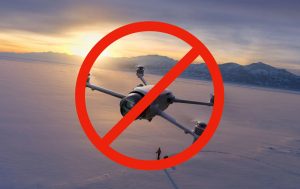





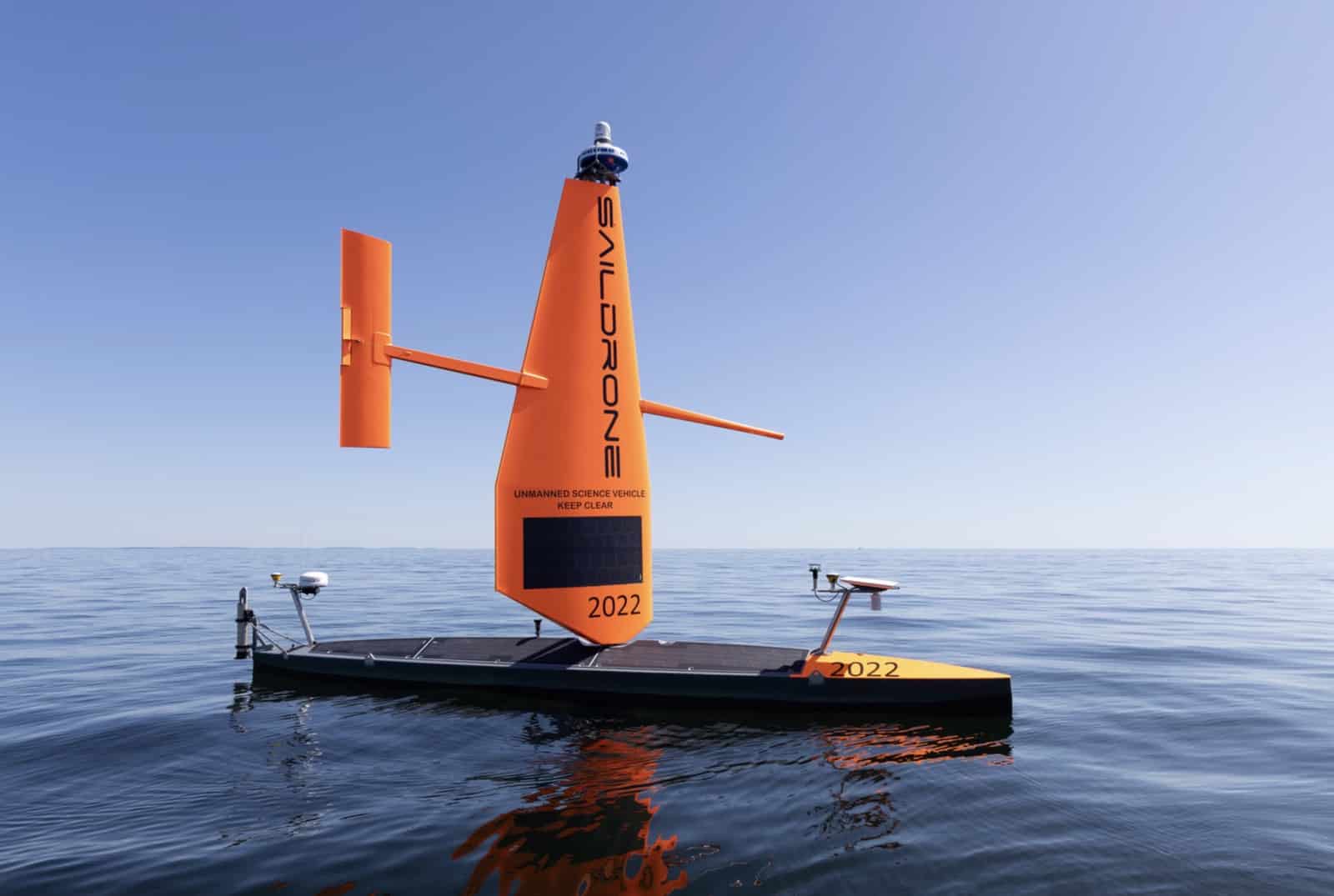
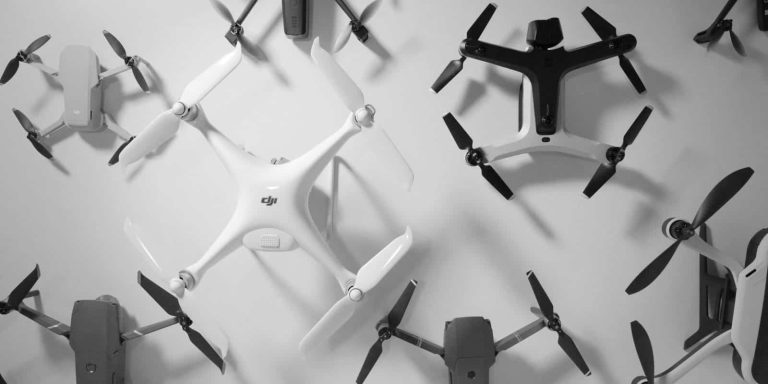




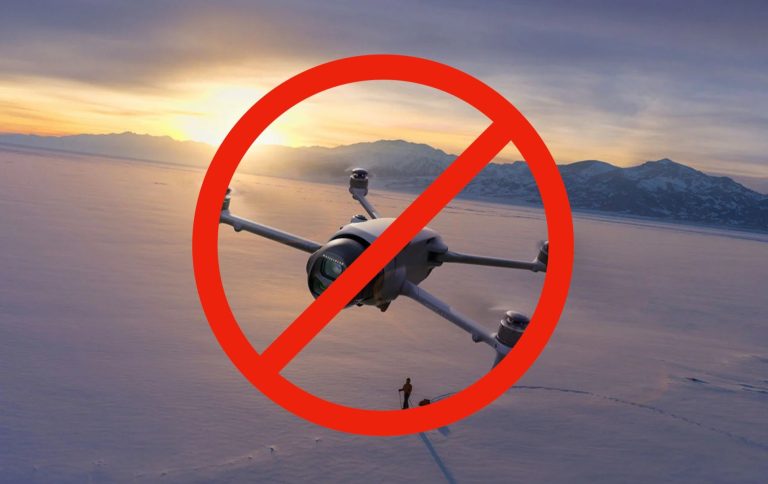
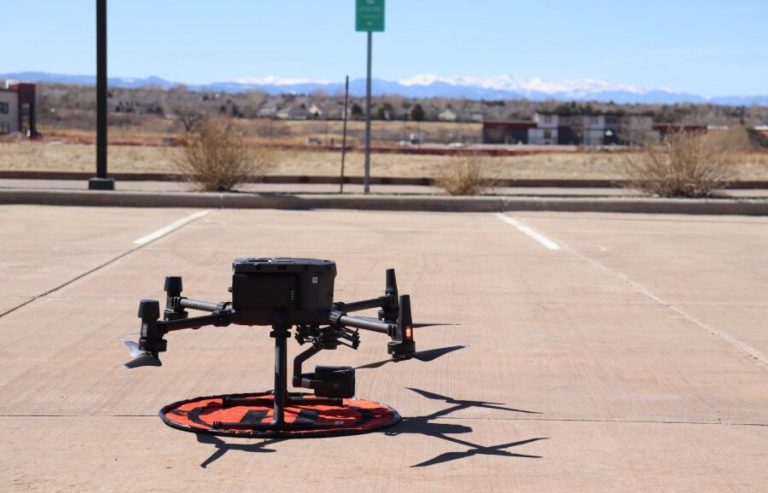
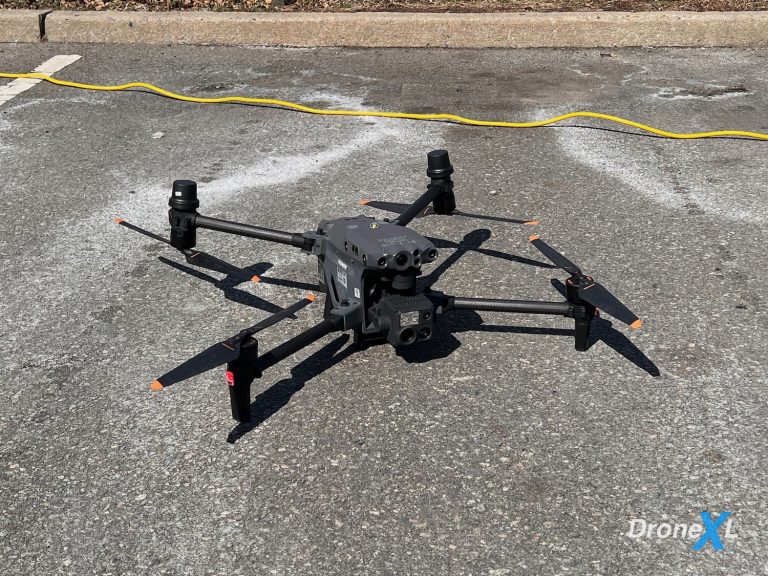


+ There are no comments
Add yours